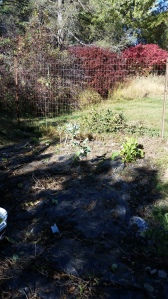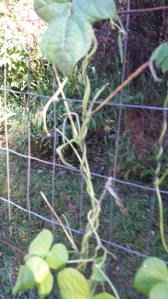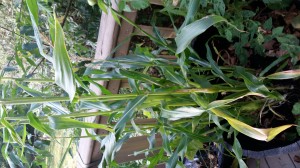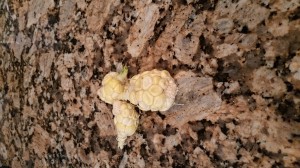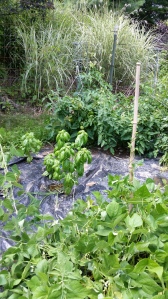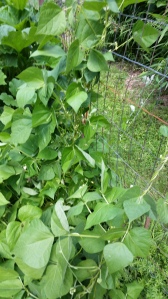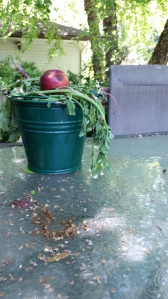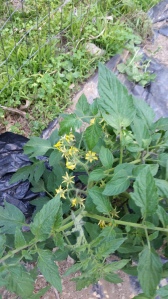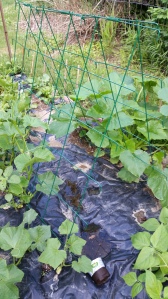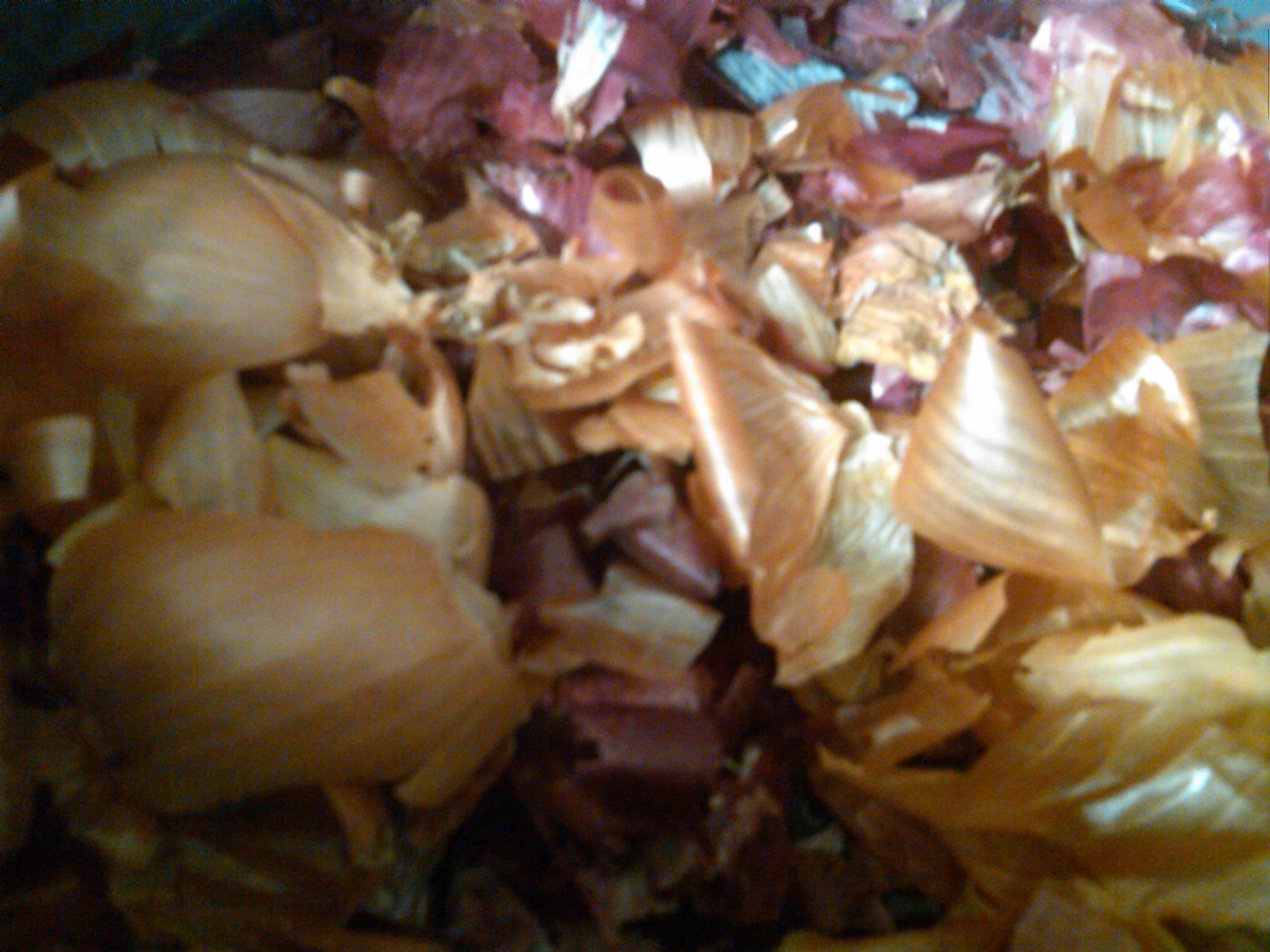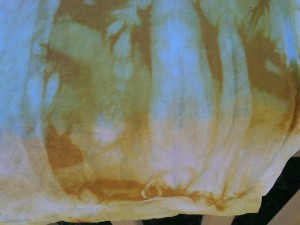The Shakers’s herbal business was in full swing by the early 1800’s and most of the communities participated. Sabbathday Lak, the still existent Maine community, still produces herbs and teas which can be purchased in the shops of the Shaker Museum/Villages.
The Shakers used many herbs that had been imported to North American, either by accident or design. The common plant, now considered a weed, dock, is one such example. Lavender, boneset, barberry are just a few of the imports which the Shakers grew in their herb gardens. They also imported medical plants, such as opium, which they did not produce themselves.
They also studied various Native American remedies and added them to their medicines.
I found it surprising how many plants I recognized, although I know them simply as trees or ornamentals rather than herbs. Some are much in favor still today as medicines or for alternative healing.
Both prickly ash and white ash were used for digestive troubles. The Prickly Ash is called the Toothache tree or toothache bush.
Several bee balm species, which I plant for scent for attraction for butterflies, have a long history of use as a medicinal plants by many Native Americans. The Blackfoot Indians recognized the strong antiseptic action of these plants and used them in poultices. A tea made from the plant was also used to treat mouth and throat infections. Bee balm is the natural source of the antiseptic thymol, the primary active ingredient in modern commercial mouthwashes.
Bee balm was also used by Native Americans as a seasoning.
Boxberry – wintergreen and checkerberry The fruits are edible, with a minty flavor and were used as a diuretic.
Bloodroot -Sanguinaria carnadensis), was used for typhoid pneumonia as well as ringworm, scarlatina and jaundice. One of its common names is Indian Paint. In fact, several of the herbs used by the Shakers, betrayed their origin as Native American remedies by using Indian: Indian cup, Indian Hemp, Indian Physic and Indian turnip. All of these were part of the Shaker herb stock.Cup weed or Indian cup weed, Silphium perfoliatum is native to North America. It resembles Rudabeckia (black eyed Susans) but the center is yellow instead of brown. It was used primarily for chest complaints but is now used as an ornamental.
Lest we disparage the herbal knowledge of the Native Americans and the Shakers, here are a few examples of plants they used which we use as well.
Black Cohosh. (Actaea racemosa) Other common names: black bugbane, black snakeroot, fairy candle . Black cohosh was used for epilepsy and, like today, for ‘female complaints’.
Witch hazel.tract of the plant is used in the astringent Witch hazell Varieties of this shrub are also native to China and Japan. It was used, as it is today, as an antiseptic, particularly for skin complaints. Soaking a toothbrush in witch hazel on a regular basis also helps with the bacteria in the mouth. Hamamelis virginiana produces a specific kind of tannins called hamamelitannis . One of those substances displays a specific cytotoxic activity against colon cancer.

